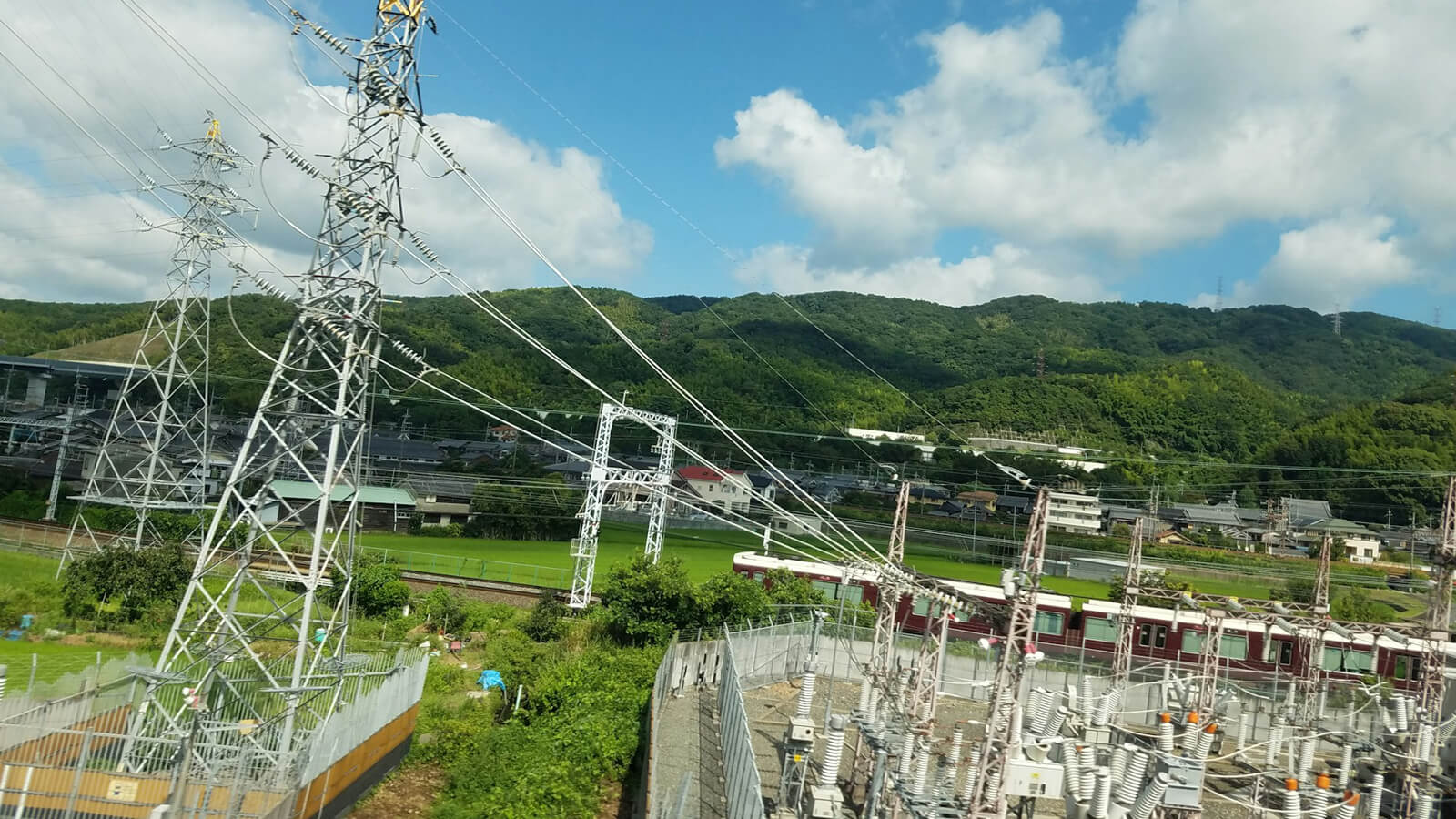
Neodymium Recycling 2025: China 300% Cheaper, ETS Is Crushing Industry – Europe Pays for an Illusion of Quality
Recycling neodymium magnets in Europe is economic abstraction. In China, processing NdFeB scrap costs 1.5–2 USD/kg thanks to cheap energy and the absence of a climate straightjacket. In the EU the same process costs 5–8 USD/kg – more than 3–4x as much. Why? Because industrial electricity costs 2.5–3.0 PLN/kWh, and ETS, fees, excise duty and bureaucracy push everything even higher. As a result, European companies are losing across the board. The figures quoted are based on available industry reports and market data – in practice they may vary depending on region, plant scale and individually negotiated tariffs.
ETS = a fiction that destroys competitiveness. BASF says it openly
In its official reports and interviews, BASF emphasises that Europe has lost competitiveness in heavy chemistry because of ETS and energy prices. The company is shifting investments and development to Asia, where energy is stable and several times cheaper. This is not a “what if” scenario – it is already happening. These statements follow from BASF’s public reports from 2024–2025 and management comments, which explicitly point to energy costs and ETS as key factors behind investment decisions.
In 2025, BASF’s CO₂ allowance costs reached around one billion euros. This is a pure cost that does not translate into technological advantages or innovation – it only increases bills. In Asia, pseudo-climate systems largely exist on paper, and the money ends up returning to local companies as subsidies.
A Polish example: Henkel closed its factory in Racibórz and moved production outside the EU. Such decisions are becoming more frequent – this is real deindustrialisation.
Chinese power sector 2024–2025: more than 90 GW of new coal capacity per year
According to Global Energy Monitor and CREA, China in 2024–2025 is approving and commissioning more than 90 GW of new coal capacity every year. This pace is unmatched anywhere in the world – the equivalent of 1.5–2 large coal power plants per week. For comparison, the total capacity of all coal-fired power plants in Poland is around 26 GW – less than one third of what China can add in a single year. At the same time, the EU is shutting down capacity and raising emission charges.
The result? Large industrial consumers in China effectively pay 0.30–0.35 PLN/kWh thanks to regulated prices and subsidies. This applies primarily to coal-heavy provinces and large industrial off-takers covered by preferential tariffs – the national average may be higher, but is still several times lower than in the EU. In Poland and the EU, the final industrial price is 2.5–3.0 PLN/kWh. A difference of 7–9x is literally the difference between survival and collapse for any energy-intensive plant.
Chinese cars – domination in Europe is only a matter of time
Brands such as BYD, NIO, XPeng, Li Auto, Zeekr and MG4 already win on price and technology. In Poland, around 1 in 4 new EVs in 2025 comes from China. In 2026–2027 this will be 1 in 2, and by 2030 experts estimate a 60–70% market share. These are forecasts based on the current pace of expansion, cost structure and announced investments – if nothing changes in EU industrial policy, this scenario is more than realistic.
Cost comparison 2025 – numbers without make-up
| Category | China | Poland/EU | Difference |
|---|---|---|---|
| Industrial electricity (PLN/kWh) | 0.30–0.35 | 2.5–3.0 | 7–9x |
| NdFeB recycling (USD/kg) | 1.5–2.0 | 5–8 | 3–4x |
| New coal capacity 2024–2025 | ~90 GW/year | –8 GW (closures) | Energy gap |
| Neodymium price (2025) | ~150–180k USD/t | +30% due to import restrictions | – |
The cost differences stem from, among other things, energy prices, labour costs, the absence of ETS, scale of installations and far more lenient environmental requirements in Asia. Individual plants may report different values, but the 3–4x advantage in favour of China is consistent with most available analyses.
NdFeB recycling = dependence on fresh raw material. This will not change.
In real industrial conditions, 30–50% of fully usable magnetic material is recovered from 1 kg of spent NdFeB magnets. Coatings, corrosion, contamination and binders cause losses that cannot be eliminated. Therefore, every new N42–N52 magnet requires adding 50–70% fresh raw material. Without this, final performance falls by 10–20%. Higher recovery rates can be found in laboratory studies, but in industrial practice real recovery of clean material rarely exceeds 50%.
CRMA imposes a 65% import limit from a single country, which in practice means more expensive and weaker magnets and pressure to recycle – and recycling is simply unable to replace primary raw materials. Economics are unforgiving.
Conclusion – the recycling miracle will not arrive
With current energy prices and ETS, NdFeB recycling in Europe is non-competitive compared with China. Asia wins on price, scale and straightforward industrial policy. Europe pays for ideology – and loses industry, investment and jobs. The reasonable choice? New neodymium magnets from a reliable source, without climate surcharges and bureaucratic absurdities.
A note on data and uncertainty
This article is based on available market data, industry reports, energy price analyses and cost models for NdFeB recycling. Values may differ depending on technology, country, market and production scale, but the trends presented remain consistent across most independent analyses: energy and ETS in the EU are many times more expensive than in Asia, and recycling – without cheap power – has no chance of being competitive with primary raw materials from China.
Source:
Tags:
poniedziałek 2025-11-17T14:00:00

